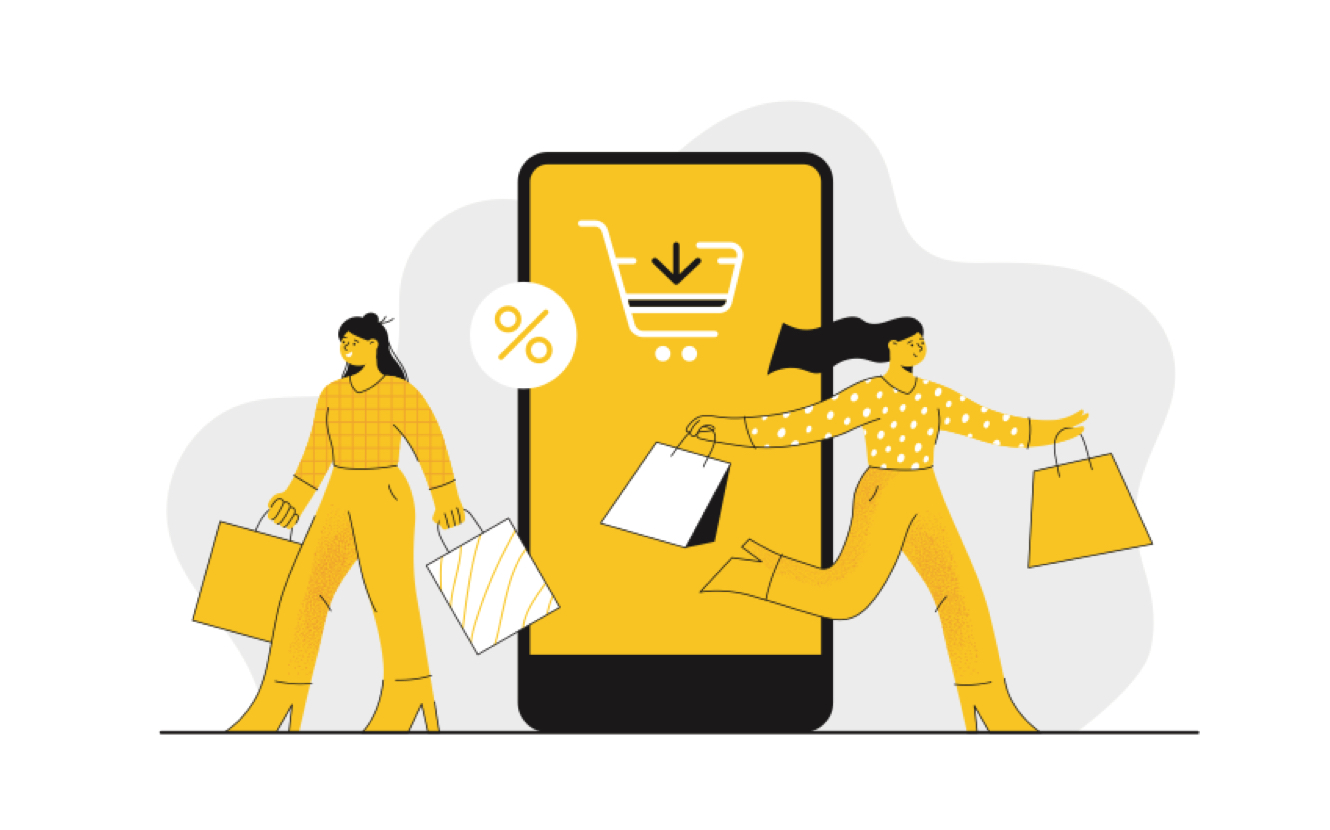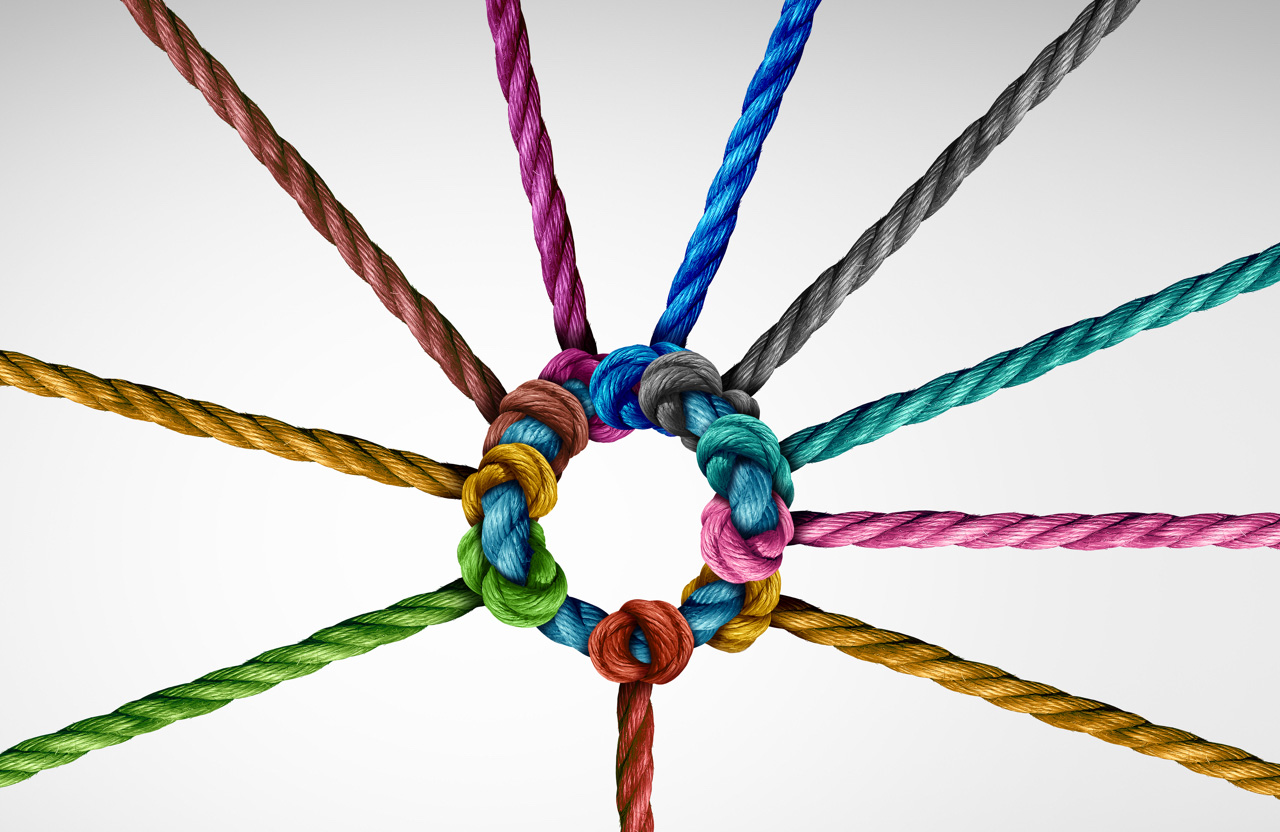What issue can we solve for you?
Type in your prompt above or try one of these suggestions
Suggested Prompt



Retail
Using Data and Anticipatory Design to Win the Consumer
Using Data and Anticipatory Design to Win the Consumer
By Tracey Middleton, Senior Manager of Experience Strategy, Publicis Sapient
As we enter a "world without cookies", with third party cookies being discontinued, it only further highlights the importance of companies collecting and using their own data.
Data driven experience is a key competitive advantage when it comes to attracting and retaining customers. Great data helps brands to build frictionless, omnichannel experiences, identify areas for improvement, tailor the offering to various customer segments, and provide front-line differentiation of services.
Companies have a multitude of methods and tools to collect, clean, analyse the data from various touchpoints. Customer Data Platforms (CDPs) can be used for a number of these functions: ingestion, unifying the customer record, intelligence and decision-making, and activation.
Where data gets interesting from an experience perspective is in the intelligence and decision-making space, an example of which is using predictive behaviour modelling to create anticipatory design.
Anticipatory design is based on the behaviour modelling of a segment of customers with analytics done on a group level. People will fall into a segment, and that segment will have predictive behaviours, but individuals can move between segments as they go through life, and segmentation can change and shift as the analytics improve, more data is ingested, and patterns change. So, it’s less about personalisation on an individual level, more about personalisation to a segment.
If you have enough good data from people going through a path in a particular way, you can predict with a percentage certainty what the next customer is going to do.
The magic hand of user experience
If you have enough good data from people going through a path in a particular way, you can predict with a percentage certainty what the next customer is going to do - and help guide them towards that outcome. For example, if you have data on the last 100 people who bought a particular product and their exact journey, you can respond to the next person’s needs one step ahead of their decisions: meeting needs they haven’t expressed yet.
As UX designer Miklos Philips describes it, the end game is to "know and personalise a user experience to the degree that it would feel like a magic hand guiding your experience."

When using data for this level of personalisation, it’s important to strike a balance between being helpful and seeming intrusive. Marketers need to consider what it looks and feels like from a consumer perspective. At all times there needs to be a value exchange where the benefit to the customer is equal and ethical. A tailored experience needs to demonstrate to a customer "how it makes my life easier" and streamlines their experience, saving them time and effort.
Personalisation done ethically and effectively can have a massive impact on the bottom line. For example, we helped Virgin Australia to build a robust segmentation framework, ensuring consistent tracking across all digital properties, and set up on-going analysis to drive improvements, iterative segmentation, and testing, to optimise and personalise the visitor experience. It resulted in a 12 per cent higher conversion rate and 36 per cent revenue increase on upsell for "personalised" visitors in the best-performing segment.
We helped Virgin Australia to build a robust segmentation framework, ensuring consistent tracking across all digital properties, and set up on-going analysis to drive improvements.
Experimentation drives commercial outcomes
Another international airline leveraged Adobe Analytics and Electron to implement an experimentation program that helped optimise mobile conversions and overall sales. This involved building a scalable testing and optimisation program for their website, to provide usage feedback to better understand customer needs, while leveraging data to create personalised experiences, optimise web performance, and uncover new opportunities. The outcome was an improved customer experience that resulted in (US or AUS?)$100 million incremental revenue over 18 months.
We enhanced and optimised their website experience as a means to inspire interested consumers to become converted customers.
A global entertainment company wanted to create a cohesive and "magical" end-to-end customer experience. The understanding was that the experience starts from the moment a person goes online to start planning their trip. We enhanced and optimised their website experience as a means to inspire interested consumers to become converted customers. This was achieved through delivery of a structured experience and conversion optimisation framework, achieving incremental personalisation through multi-channel campaign management. Conversion rates more than doubled (2.2 times higher) with a 13 per cent improvement in average basket value. It represented a GBP £5.6K/week increase in overall revenue to the business.
Companies who understand the importance of data can effectively leverage it for competitive advantage. But this all starts with having the right processes and systems in place to collect the data that is going to be most helpful for their company.

Related Reading
-
![Colorful ropes tied togather]()
CDP: Getting From Software To Solution
Perspectives on Customer Data Platforms, personalization and Evergage.
-
![]()
Customer Data Platform: Switch on Your Sixth Sense
Publicis Sapient was born in the digital age, for the digital age. We offer customer-first insights and solutions to ensure our clients get the right CDP for their industry and individual challenges — fast.
-
![Abstract image of shapes]()
Is Your Customer Data Platform a Lever for New Sources of Revenue Growth
In addition to enriching your core business, de-siloed data can help you generate new revenue streams.







